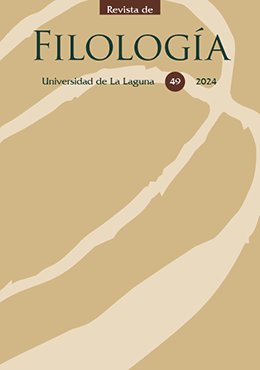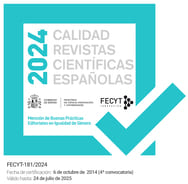An Analysis of Humor in Compliments
Abstract
This article presents an interactional analysis of humor in compliments. The instruments used to gather data involved note-taking and discourse completion tests (DCTs). Results show that speakers use different linguistic strategies in humor that help increase the illocutionary force of the compliment: interjections in the initial position, words that belong to parlache, fixed expressions, and names of famous people. In the responses, the category “accepting” and the subcategory “thanking” are the most representative. Occasionally, speakers also use intentional and conscious self-politeness, accompanied by a smile in their responses. All these linguistic elements are used to increase the expressive intention of the compliment as a speech act. It is concluded that speakers use humor with an affiliate and supportive effect in their interactions.
Copyright (c) 2024 Sergio Alonso Lopera

This work is licensed under a Creative Commons Attribution-NonCommercial-NoDerivatives 4.0 International License.
The works published in this journal are the property of their respective authors, who grant the Revista de Filología de la Universidad de La Laguna the right of first publication, as stated in our Authorship Rights Policy.









